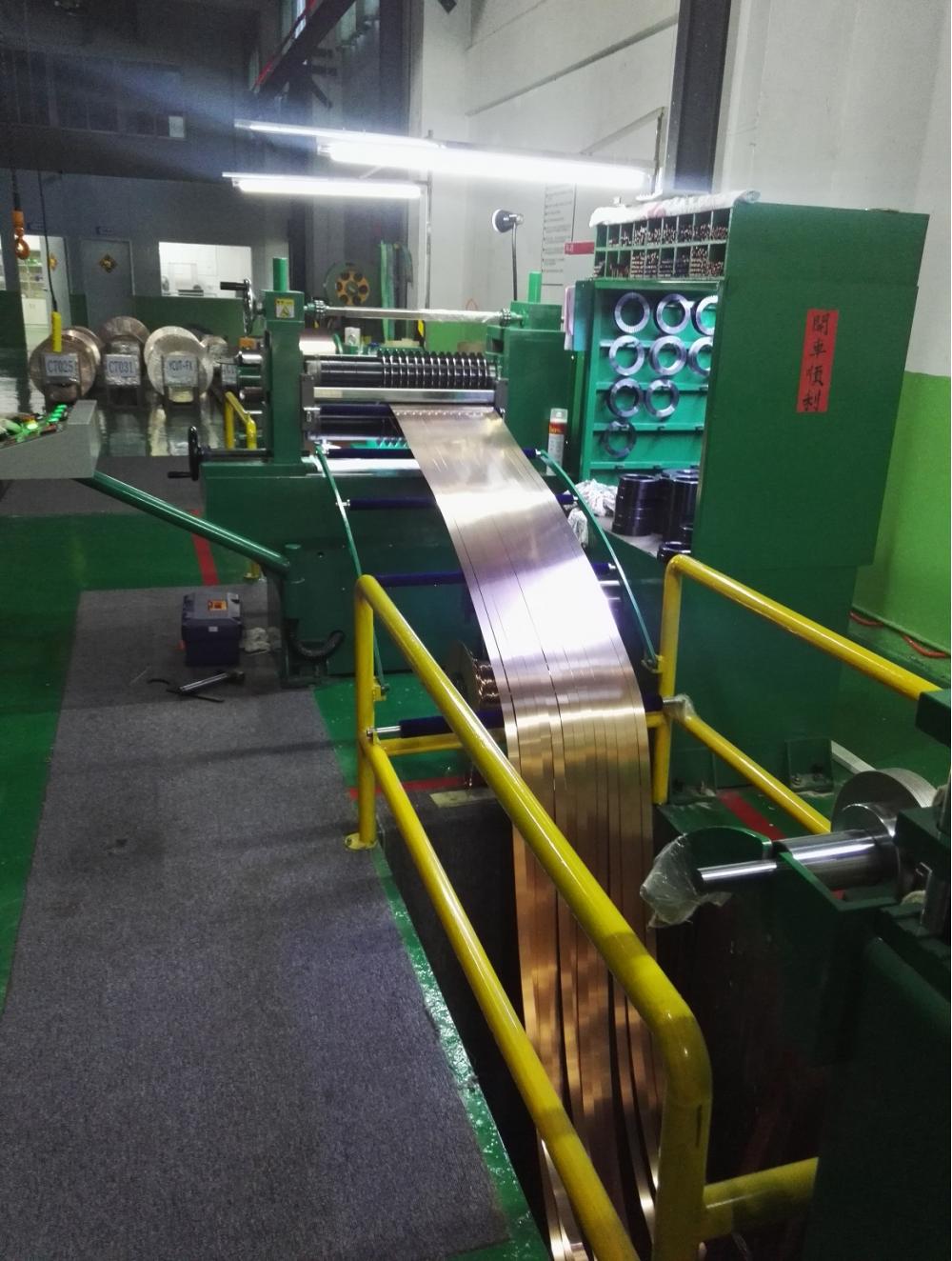Report Title: a place of lead antimony mine ore optional test report Tibet
Report format: word
Completion: August 2007
publisher: Â Â Â Â Â Â Â Â Guo Changqing
Guide the experts:    Huang Kaiguo  Gong Meiling
Project leader: Zhang World Bank
Report Pages: Â Â Foreword begins with a total of 34 pages
Introduction to the report:
Foreword:
XXX commissioned by Tibet, Xian Zhou Mining Technology Development Co., Ltd. on July 15, 2007 Zhi August 12 XXX Tibet antimony-lead multi-metal sulfide ore beneficiation process test, its purpose It is through the beneficiation test to provide a reasonable process for the mine and provide a basis for the production of the concentrator.
Tibet antimonial lead, zinc sulfide ore polymetallic ores of two types: a, foliated pyrite argillaceous silt - Sandstone type brecciated antimony-lead, zinc ores; two, alteration granite type aplite Breccia, lead, zinc ore. Among the first ore types, sphalerite is a medium-thick aggregate, which is closely related to silicidation and pyrite mineralization. The galena is metamorphized along the edge of the zinc blende or filled with sphalerite, partially thick The edge of the galena is replaced by stibnite. There are three types of inlays in the stibnite: 1 columnar fine-grained aggregate; 2 bundle-like fine crystals f=0.02mm×0.3mm, which are substituted along the edge of the galena grain; 3 fiber column crystallites f=0.001×0.05 Mm is disorderly distributed in carbonate minerals. In the second type of ore, the sphalerite grains contain fine columnar stibnite, two grain forms of stibnite, and stibnite in the two stages, the former microcrystalline fiber column below f=0.003mm The latter bundle assembly f = 0.02 mm × 0.3 mm.
The bismuth-lead and zinc polymetallic sulphide ore in Tibet is a refractory ore. The reason is that the recyclable target minerals 锑, lead and zinc are mostly fine and fine-grain aggregates, mostly inlaid crystal inclusion structures, and some stibnites and The galena is mixed and grown together, and it is difficult to dissociate the monomer. Some of the fine-grained stibnite and galena are lost in the tailings.
Due to the time relationship and according to the production situation of the entrusting party, this experiment does not carry out detailed bismuth separation research. The test adopts the principle process of bismuth and lead mixed flotation, flotation tailings and zinc re-election. The final test process technical instructions are:
锑 lead concentrate: the yield is 7.36%, the 锑 grade is 11.41%, and the 锑 recovery rate is 52.66%;
The lead grade is 18.68%, and the lead recovery rate is 60.71%;
Silver containing 2724 g / ton, silver recovery rate of 79.75%.
Zinc concentrate: the yield is 7.55%, the grade is 41.66%, and the zinc recovery rate is 82.89%;
The silver content was 228.61 g/ton, and the silver recovery rate was 6.88%.
Conclusion:
1. Tibet XX 锑 lead-zinc polymetallic sulphide ore is a difficult ore dressing. The main reason is that 1 lead is seriously oxidized, resulting in refractory selection. 2 锑 lead inlays are fine-grained and closely symbiotic, resulting in refractory selection. 3 The main gangue minerals have fine particle size, and the gangue and useful minerals are closely related, which seriously affects the recovery rate of concentrate quality.
2. Tibet XXX锑 lead ore concentrate is difficult to separate. The main reason is the cause of lead bismuth. 1 The stibnite is finely bundled, f=0.001×0.05mm. 2 fine aggregates, f = 0.02 × 0.3mm, mostly inlaid crystal inclusion structure, not easy to recover, and some stibnite and galena are mixed together, it is difficult to grind the monomer dissociation. Increase the fineness of grinding, part of the sputum, lead has been overgrinded, so the original ore can only choose the bismuth-lead mixed concentrate.
3. The arsenic content of the ore is high, and the arsenic-containing mineral is poisonous sand. The arsenopyrite f=0.02×0.05mm~f=0.15×0.6mm fine-grained, spear-shaped fine crystal, closely coexisting with the micro-proliferative link pyrite. Pyrite is closely related to sphalerite and galena, and arsenopyrite is the main reason for the excessive arsenic content of concentrate.
Metal Slitting Machinery
Jingye precision mechanical slitting machine is specially used for slitting various thin strips, such as copper,
Aluminum, iron, stainless steel, up to + -0.002mm
(1). Raw material specifications
1. Material: metal strips such as copper and stainless steel strips.
2. Material width: within 420mm.
3. Material thickness: copper strip 0.05mm∽1.5mm, stainless steel 0.05mm∽1.0mm.
4. The inner diameter of the raw material roll: ï¿ 300mm.
5. Outer diameter of raw material roll:â‰¦ï¿ 1500mm.
6. Weight of raw material roll: ≤3000kg.

.
(1). Raw material specifications
1. Material: metal strips such as copper and stainless steel strips.
2. Material width: within 420mm.
3. Material thickness: copper strip 0.05mm∽1.5mm, stainless steel 0.05mm∽1.0mm.
4. The inner diameter of the raw material roll: ï¿ 300mm.
5. Outer diameter of raw material roll:â‰¦ï¿ 1500mm.
6. Weight of raw material roll: ≤3000kg.
Metal Slitting Machinery,Stainless Steel Slitting Machine,Stainless Steel Precision Slitting,Thin Plate Slitting Machine
Dongguan Liaobu Jingye Precision Machinery Factory , https://www.dgjyjmjx.com
